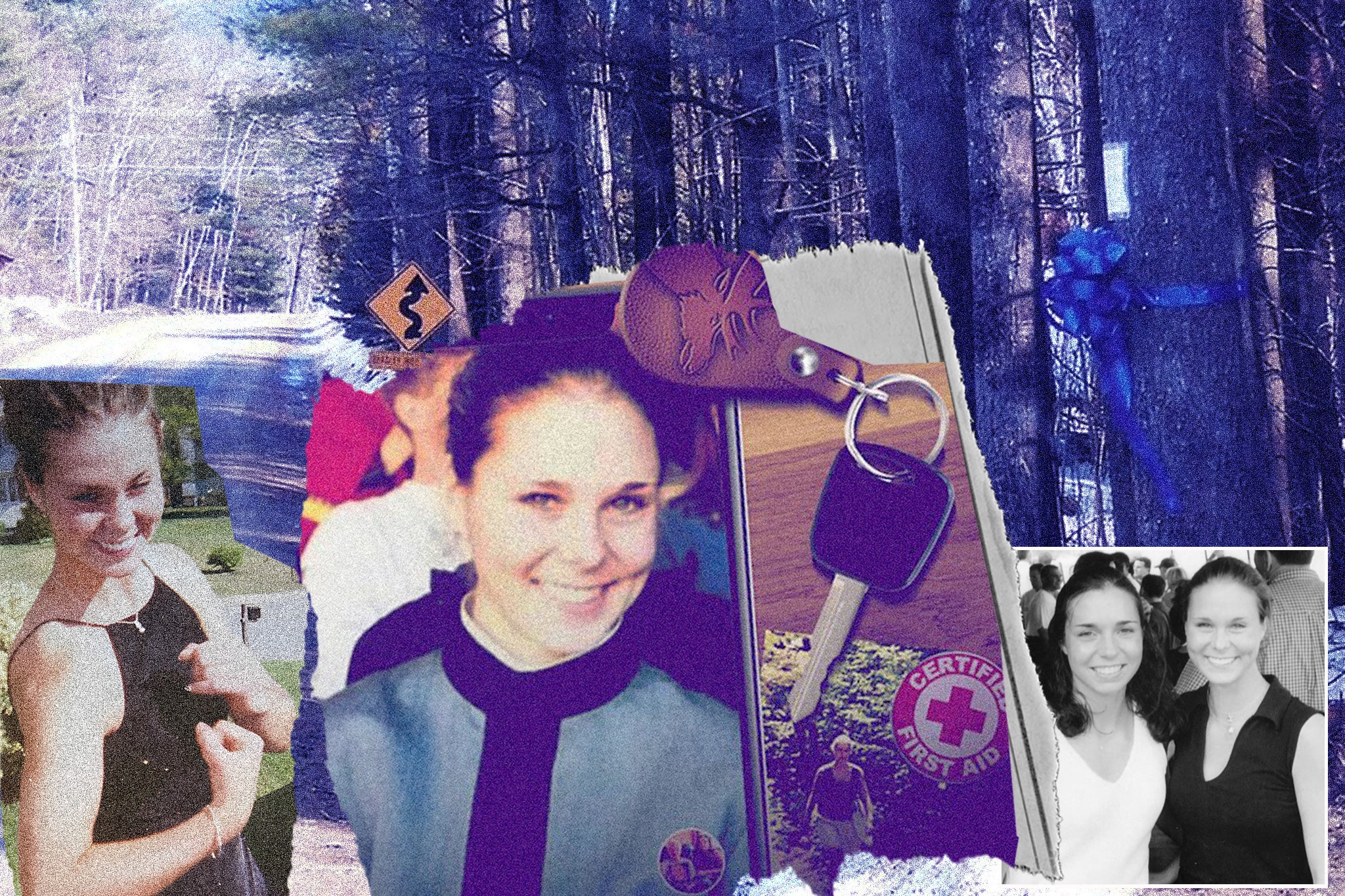The long-standing mystery surrounding the disappearance of Maura Murray has taken a shocking turn with the emergence of new evidence that paints a grim picture of her fate. For over 15 years, the case of the 21-year-old nursing student who vanished on a snowy night in 2004 has captivated and haunted investigators, true crime enthusiasts, and her family. Now, fresh DNA analysis and witness testimonies have reignited the investigation, revealing a chilling reality that many feared but few were prepared to confront.
 On February 9, 2004, Maura left her college in Massachusetts under mysterious circumstances, claiming a family emergency. Her car was later found crashed into a snowbank on a remote road in Haverhill, New Hampshire, yet she was nowhere to be found. Despite extensive searches, the case quickly grew cold, leading to a myriad of theories ranging from voluntary disappearance to abduction or fatal accident. But the latest developments shatter any lingering hope of a benign explanation.
On February 9, 2004, Maura left her college in Massachusetts under mysterious circumstances, claiming a family emergency. Her car was later found crashed into a snowbank on a remote road in Haverhill, New Hampshire, yet she was nowhere to be found. Despite extensive searches, the case quickly grew cold, leading to a myriad of theories ranging from voluntary disappearance to abduction or fatal accident. But the latest developments shatter any lingering hope of a benign explanation.
 Recent forensic advancements have uncovered DNA evidence at the crash site that does not match Maura or any known relatives, indicating the presence of another individual at the scene. This revelation, combined with a new witness coming forward with significant testimony about a suspicious person near the crash site on the night of her disappearance, has transformed the case from one of speculation to one that suggests foul play.
Recent forensic advancements have uncovered DNA evidence at the crash site that does not match Maura or any known relatives, indicating the presence of another individual at the scene. This revelation, combined with a new witness coming forward with significant testimony about a suspicious person near the crash site on the night of her disappearance, has transformed the case from one of speculation to one that suggests foul play.
 Law enforcement officials have described this new evidence as “potentially game-changing,” emphasizing its significance in narrowing the focus of the investigation. The implications are staggering: Maura may have been the victim of a dark encounter after her car accident, rather than simply wandering off into the wilderness or choosing to disappear. The harsh reality is that the hope of her starting anew has been replaced by the chilling possibility that she encountered someone with malicious intent.
Law enforcement officials have described this new evidence as “potentially game-changing,” emphasizing its significance in narrowing the focus of the investigation. The implications are staggering: Maura may have been the victim of a dark encounter after her car accident, rather than simply wandering off into the wilderness or choosing to disappear. The harsh reality is that the hope of her starting anew has been replaced by the chilling possibility that she encountered someone with malicious intent.
The emotional toll on Maura’s family is profound. After years of uncertainty, they are now faced with the harrowing truth that their daughter may have suffered a tragic fate. This new evidence not only highlights the importance of diligent investigation but also underscores the need for continued support for families of missing persons, who often endure prolonged agony without closure.
As the investigation gains renewed urgency, it serves as a stark reminder of the dangers that lurk even in seemingly peaceful rural areas. Maura’s case also raises critical questions about safety for young women traveling alone and the effectiveness of emergency response in remote locations.
This breakthrough in the Maura Murray case is not just about one young woman’s disappearance; it reflects broader societal issues surrounding missing persons, mental health, and the complexities of modern investigative techniques. The lessons learned from this tragedy must propel us toward better practices in handling such cases, ensuring that no mystery remains unresolved and that every life is treated with the respect and urgency it deserves.
As the investigation unfolds, the chilling reality of Maura Murray’s fate becomes increasingly clear. The truth, though painful, is a necessary step toward justice and closure for her family and a reminder to society about the vulnerabilities that exist in our world. The hope that has long been a part of Maura’s story is now overshadowed by a darker narrative, urging us to confront uncomfortable truths and push for answers that have long eluded us.





